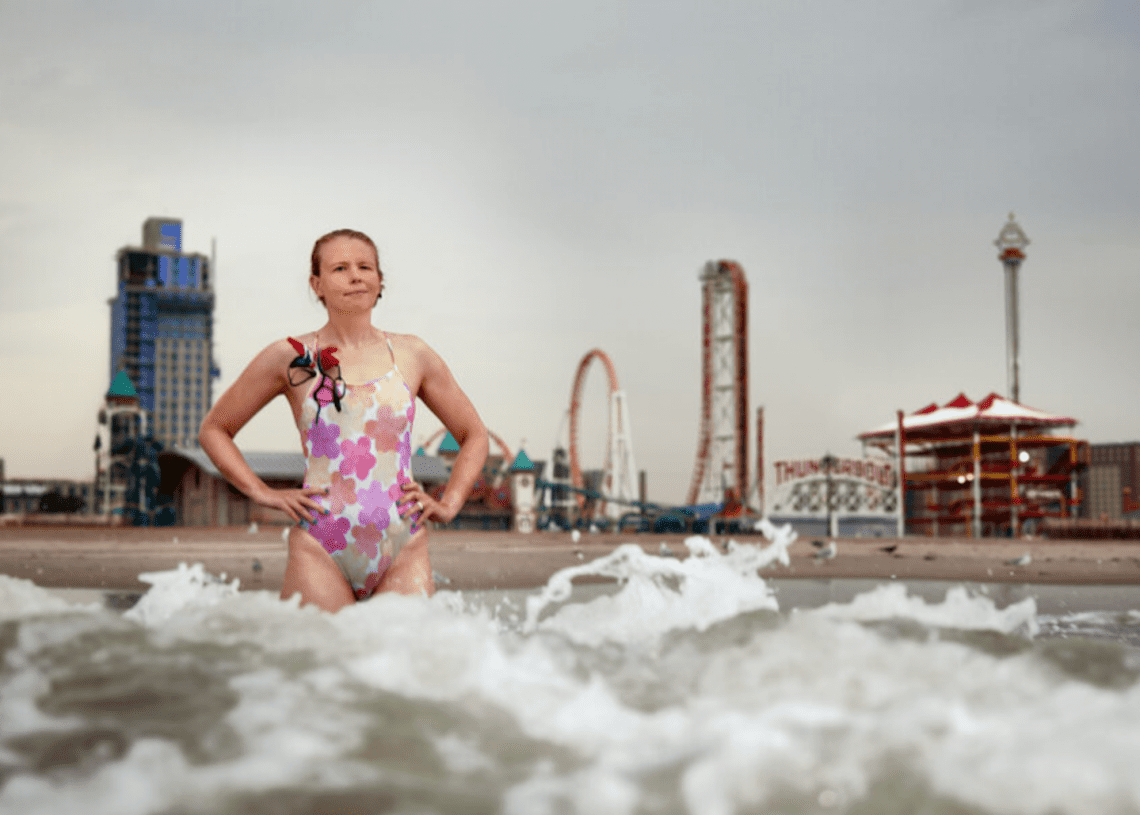
Trash, lice and tankers: a lap around Staten Island
Daniel Shailer shares Leslie Hamilton’s story of her record-breaking swim around Staten Island, braving sea lice and submerged rusting hulks
Sometimes great things start late. When Lynne Cox swam across the Bering Strait from Alaska to Russia in 1987, she was swimming under the Iron Curtain itself – a swim which transcended the sport, reaching into international politics and history – but only after her indigenous escort of Inupiaq canoes arrived late and, according to some accounts, hungover.








